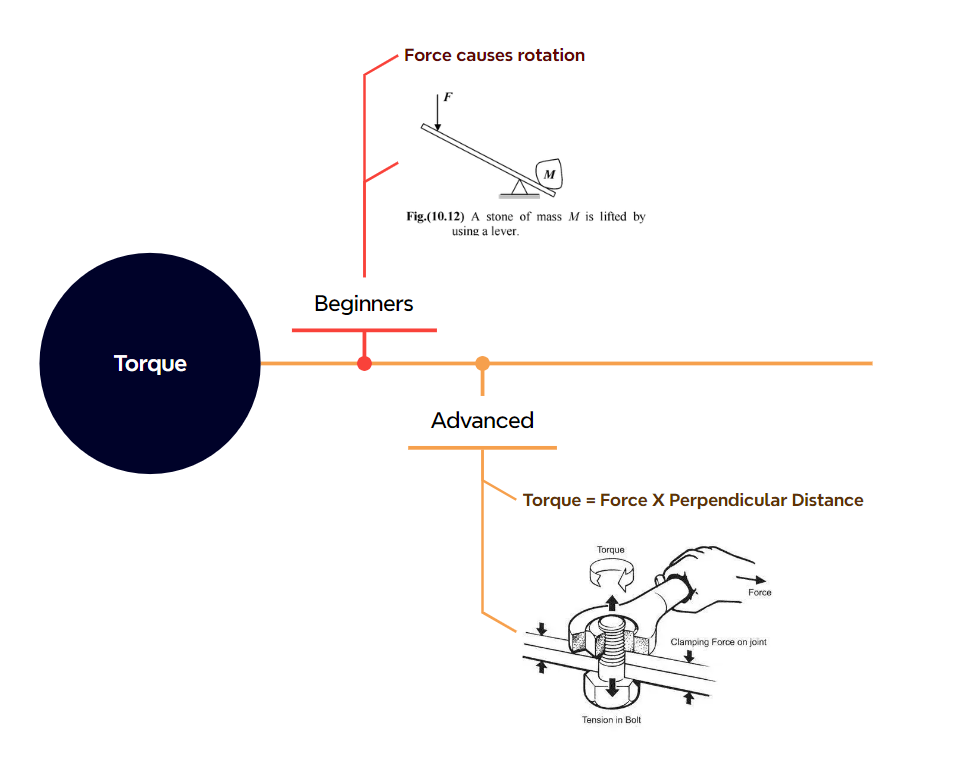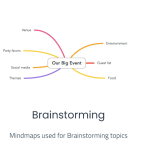Explore, Learn, Achieve: Your Physics Journey Starts Here
Feeling overwhelmed by the complexity of explaining forces like Newton’s Laws or intricate car engine workings within your virtual labs? Text-heavy presentations might not be cutting it anymore. But what if there was a simple tool that could enhance your virtual lab experience? Enter mind maps – a powerful strategy used by leading educators worldwide to transform their virtual lab lessons. Mind maps can help you visually represent complex concepts, making them easier for students to understand and engage with. This fosters deeper comprehension and participation, turning your virtual lab into a dynamic and interactive learning environment.
These aren’t just another fad; mind maps are backed by powerful psychological principles outlined in the renowned book, “The 48 Laws of Power” by Robert Greene. We’ll explore how these laws can be harnessed to elevate your teaching and unlock the true potential of your students.
Law 1: Never Outshine the Master – Collaboration, Not Competition
Imagine explaining Newton’s Laws of Motion. Traditionally, it’s a dense web of concepts – inertia, force, acceleration. Students struggle to visualize the interplay between them. A mind map acts like a free-body diagram, isolating each law (forces acting on an object) and its connections (arrows representing forces). This helps students build a clear picture of how these laws interact in the real world. I created a mindmap based on this idea by first narrating a story to the students. The actual planning was as below using a mindmap, which helped me to craft the story.

Why it works: This Law ensures mind maps are seen as a collaborative tool, not a replacement for your expertise. It empowers you to present complex concepts visually, fostering deeper understanding.
Law 3: Conceal Your Intentions – Empower, Don't Control
Imagine students grappling with a failed electrical circuit. It’s like navigating through a tangled mess of wires and components, leaving them feeling overwhelmed. But then comes a troubleshooting flowchart, acting as a simple roadmap. It starts with the problem (circuit malfunction) and breaks it down into possible causes (like bad connections or faulty parts). This approach lets teachers guide students through the process without forcing a specific solution. I designed this mindmap to get a clarity of troubleshooting a circuit that was used for Ohm’s law verification

Why it’s great: Just like the Law encourages open-ended learning, these flowcharts empower students to figure things out on their own. By giving them a clear structure, they can explore different possibilities and come up with solutions independently, honing their critical thinking skills along the way.”
Law 19: Know Who You're Dealing With – Subject-Specific Solutions
Explaining torque to a beginner versus an advanced mechanic requires different approaches. A basic mind map focuses on the core concept (rotational force) and visualizes it with a simple lever diagram. An advanced version delves deeper, introducing formulas (Torque = Force x Distance) and real-world applications (car engine crankshafts, wrenches). This ensures the complexity aligns with the student’s learning level.

Why it works: This Law highlights the importance of tailoring your approach. Mind maps can be customized to address the specific needs of each subject area, ensuring effective learning for students of all levels.
Law 26: Create an Event – Social Proof and Inspiring Innovation
The domino effect demonstrates how a small nudge can trigger a chain reaction. Imagine a student struggling with the concept of friction. A mind map, with its visual connections, can lead to an unexpected breakthrough. For example, a connection between friction and heat dissipation (brakes) can spark curiosity about other applications (lubrication). This unexpected domino effect can ignite further exploration and a deeper understanding of mechanics.
Why it works: This Law emphasizes the power of creating a spark. Mind maps can trigger “Aha!” moments, inspiring students to make unexpected connections and delve deeper into the subject matter.
Law 42: Strike the Shepherd and the Sheep Will Scatter – Cater to All Levels
Imagine explaining simple machines. Without mind maps, students might get bogged down memorizing details about levers, pulleys, and inclined planes. A mind map acts like a gear system, optimizing knowledge transfer. The central concept (simple machines) is the driving gear, and each branch (types of machines, applications) acts as a smaller gear, ensuring all levels of learners (experienced or new) grasp the core concepts efficiently.
Why it works: This Law highlights the importance of inclusivity. Mind maps cater to both experienced educators seeking innovative assessment methods and new teachers building their lesson plans, ensuring everyone benefits from this powerful tool.
Take Control of Your Classroom (and Student Engagement)
Ready to transform your lesson plans and ignite the spark of creativity in your students? Explore our curated list of mind mapping tools at https://home.rathankar.com/interactivetools.
Don’t let information overload drown your passion for teaching. Mind maps offer a powerful solution, backed by the wisdom of the “48 Laws of Power.” Collaborate with this innovative tool to empower your students, tailor lessons to their needs, spark curiosity, and create a classroom environment that fosters effective learning for all.
Take the first step towards becoming a more impactful educator. Explore the power of mind maps in your classroom today!








